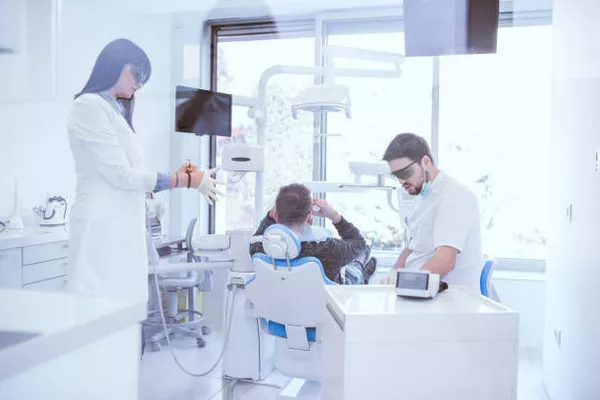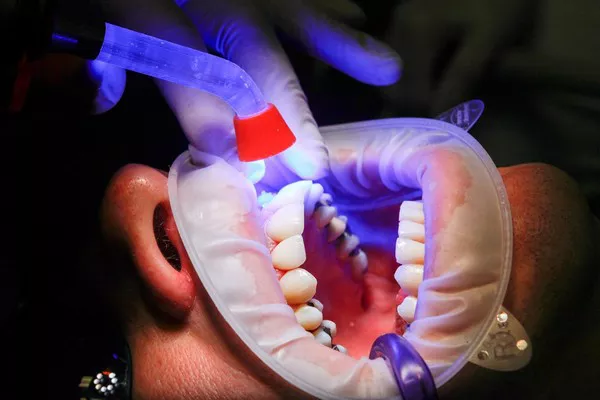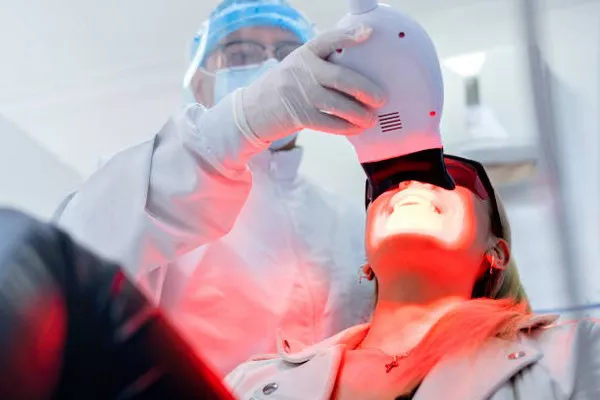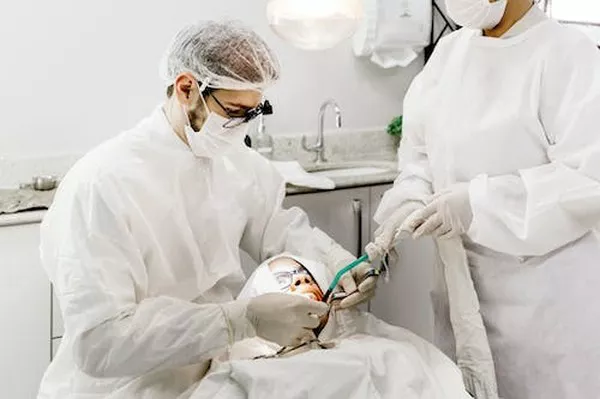Recovery after wisdom teeth removal is a crucial phase in the healing process, requiring proper care and attention to ensure optimal outcomes. Understanding what to expect during the recovery period and how to manage common symptoms can help patients navigate this time with confidence. Here’s everything you need to know about the recovery time for wisdom teeth removal.
Recovery Timeline
The recovery time after wisdom teeth removal can vary depending on several factors, including the number of teeth removed, whether the teeth were impacted, the patient’s age, and overall health. In general, recovery typically ranges from 3 days to 2 weeks. While some patients may experience a quicker recovery with minimal discomfort, others may require more time to heal fully.
Immediate Post-Surgery Care
In the immediate aftermath of wisdom teeth removal, patients can expect to experience some common symptoms, including swelling, pain, bleeding, and numbness. Swelling and bruising around the cheeks and jawline are normal and usually peak within the first 48 hours after surgery. Pain and discomfort can be managed with prescribed painkillers and home remedies, while bleeding can be controlled by gently biting down on gauze over the extraction sites.
see also: How much to remove 3 wisdom teeth?
Pain Management
Effective pain management is essential for promoting comfort and facilitating healing after wisdom teeth removal. Patients may be prescribed painkillers by their dentist or oral surgeon to alleviate discomfort during the recovery period. In addition to medication, home remedies such as applying ice packs to the cheeks can help reduce swelling and numb pain.
Swelling and Bruising
Swelling and bruising are common side effects of wisdom teeth removal and typically subside within a few days to a week after surgery. To reduce swelling and bruising, patients can apply ice packs to the cheeks for 20 minutes on and 20 minutes off during the first 24 to 48 hours. Resting with the head elevated can also help minimize swelling and promote comfort during the recovery process.
Eating and Drinking
During the recovery period, it’s essential to follow a soft food diet to minimize discomfort and prevent irritation to the surgical sites. Patients should avoid hot liquids, spicy foods, and anything that requires excessive chewing. Additionally, using straws should be avoided, as the suction can dislodge blood clots and increase the risk of dry socket—a painful complication that occurs when the blood clot becomes dislodged from the extraction site.
Oral Hygiene
Maintaining good oral hygiene is crucial for preventing infection and promoting healing after wisdom teeth removal. While it’s essential to avoid brushing directly over the extraction sites for the first 24 hours to prevent dislodging blood clots, patients can gently rinse their mouths with warm salt water to keep the surgical sites clean. After the initial 24-hour period, patients can resume gentle brushing of the remaining teeth and tongue.
see also: How long does it take to remove 2 wisdom teeth?
Activity Level
Patients should gradually return to normal activities after wisdom teeth removal, but it’s essential to prioritize rest during the initial recovery period. Strenuous activities should be avoided for the first few days to prevent discomfort and hinder healing. Patients should listen to their bodies and avoid overexertion, allowing ample time for rest and relaxation as needed.
Signs of Complications
While discomfort and swelling are normal after wisdom teeth removal, certain symptoms may indicate a complication that requires medical attention. Patients should be vigilant for signs such as excessive bleeding, severe or worsening pain, persistent fever or chills, or signs of infection. If any of these warning signs occur, patients should contact their dentist or oral surgeon promptly for further evaluation and treatment.
Follow-Up Care
Follow-up appointments with your dentist or oral surgeon are essential for monitoring your recovery progress and ensuring proper healing. During these appointments, any remaining stitches may be removed, and your healthcare provider can assess the condition of the extraction sites. Follow-up care plays a crucial role in identifying and addressing any potential complications early, promoting a smooth and successful recovery.
Conclusion
Understanding the recovery time for wisdom teeth removal and how to manage common symptoms is essential for patients undergoing this procedure. By following the guidelines for immediate post-surgery care, pain management, swelling and bruising reduction, dietary restrictions, oral hygiene practices, activity level, signs of complications, and follow-up care, patients can navigate the recovery period with confidence and achieve optimal outcomes. If you have any questions or concerns about your recovery after wisdom teeth removal, don’t hesitate to reach out to your healthcare provider for guidance and support.
You Might Be Interested In
































